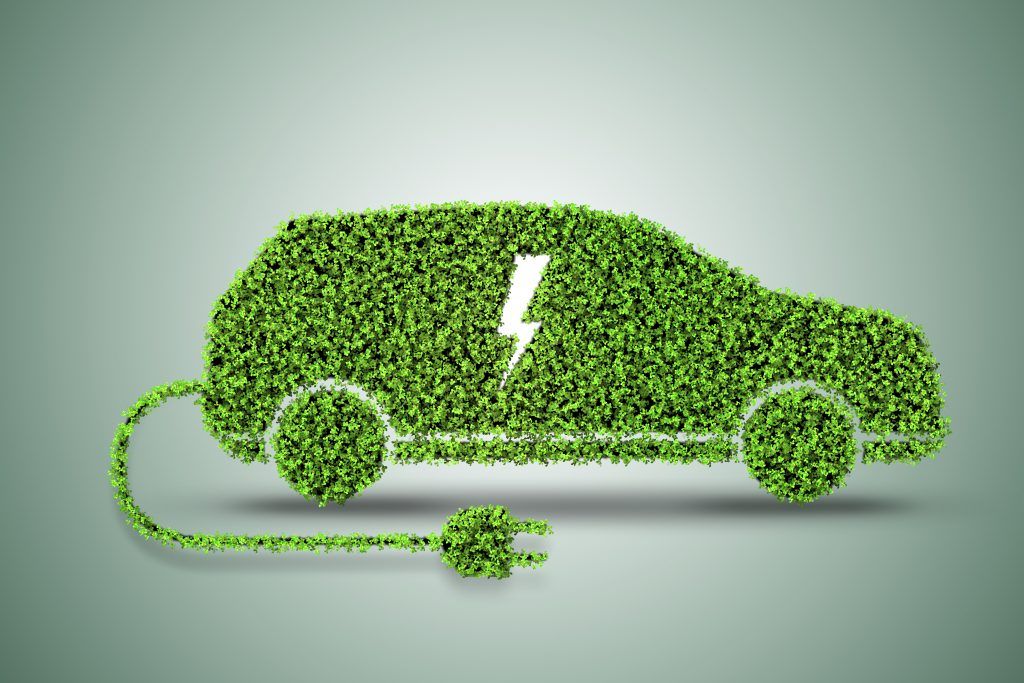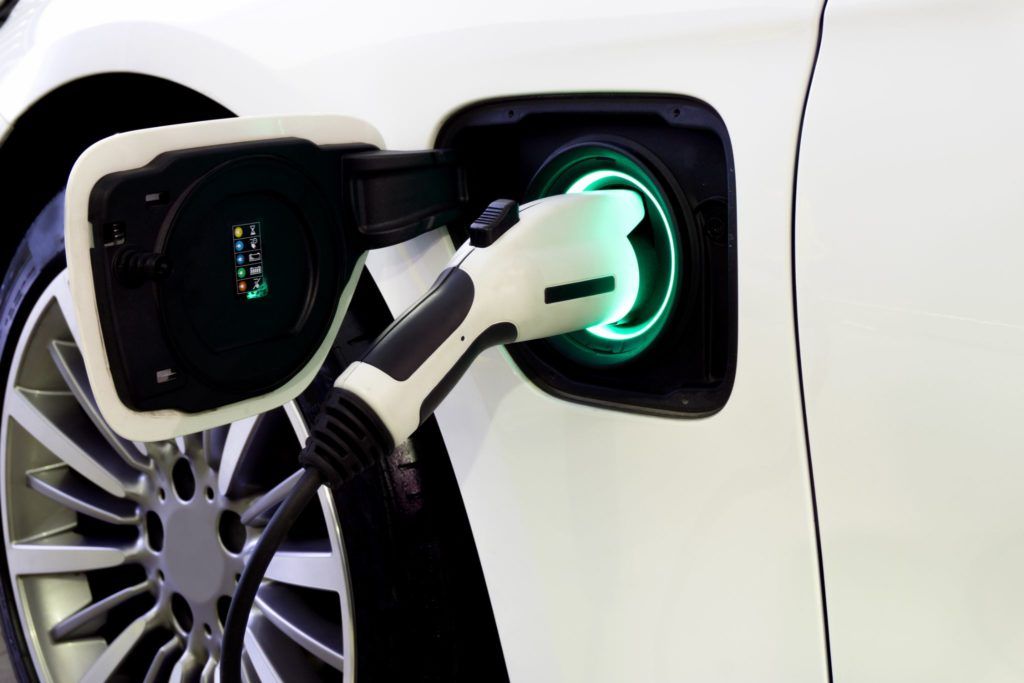Electric vehicle (EV) subsidies and improvements to charging infrastructure should be focused on high-mileage drivers working in ride-hail to help boost electrification progress across Europe, according to a new report published by BloombergNEF in association with Uber.
Early progress in Europe sees nearly 10% of kilometres on Uber fully electric compared with just 2% in the general public. However, further acceleration is required for the whole transport industry to progress more quickly towards zero emissions.
According to the report, policies like the EU Green Deal and the UK’s zero emission vehicle mandate place Europe among global electrification leaders. However, new economic and political challenges are testing Europe’s position with mandates and targets being adjusted and consumer demand stalling.
As part of the report, Uber and BloombergNEF brought together a roundtable of experts to hear directly from working drivers and to discuss ways for industry and government to accelerate action on electrification.
Kola, London Uber EV driver, said:
“Customers want quiet, smooth rides. My riders often compliment me or are surprised when they realise I’m driving an EV. Now that I’ve gone electric, I can’t go back!”
Tabraiz, Birmingham Uber driver, said:
“I would go EV, but the money’s got to be worth it for me to switch. I still drive a Prius because it rarely lets me down. The cost of an EV is still very high, I don’t have off-street parking so getting those lower charging rates would be hard, and there’s not enough public charging yet near where I live..”
Thibaud Simphal, Global Head of Sustainability, at Uber, said:
“When Uber drivers go electric they have an oversized positive impact on the climate. Our efforts globally have already seen 126,000 drivers make the switch to EVs, with adoption significantly outpacing the general market in Europe. However, as this BloombergNEF report indicates, hitting our collective zero emissions goals requires an even stronger push from policymakers, automakers and businesses across Europe. The message is clear: now is the time to speed up, not slow down.”
Andrew Grant, Head of Intelligent Mobility Research at BloombergNEF and lead author of the report said:
“Reducing emissions in key parts of the transport sector faster early on will result in fewer cumulative emissions and help the world stay on track for a transition pathway consistent with the Paris Agreement goal. Whilst progress is being made, it is clear that more must be done. Focusing on high-utilisation segments of the automotive market such as ride-hailing and other working drivers will give Europe a better chance of meeting these goals.”
According to the report, Europe can accelerate electrification and emissions reduction in the transport sector by fast-tracking EV access for ride-hailing and other and shared mobility services, with high-mileage drivers like those on Uber saving four times the emissions than the average driver when they go electric.
The report lays out four key challenges and opportunities to accelerate electrification, each requiring industry and policy action. These are:
- Increase the supply of more affordable BEVs suitable for ride-hailing
- Policymakers and automakers need to hold firm to industry decarbonization commitments, ICE vehicle phase-outs and model launch plans
- Provide information, advice and guidance for drivers on the capabilities and benefits of the current BEV supply
- Focus BEV incentive programs on helping high-mileage working drivers make a speedy transition
- As upfront purchase incentives for BEVs are phased down across Europe, incentives for high-mileage drivers should be prioritized
- Tie subsidies and taxes to vehicle performance, usage, battery health and other key vehicle metrics such as vehicle size and carbon footprint
- Stimulate the supply of used BEVs via corporate car electrification targets and new policies that increase vehicle turnover
- Lower the cost of EV charging, particularly for drivers without access to home charging
- Make public overnight charging more affordable and readily available with wider off-peak electricity access, adjustments to value added tax codes, and “right to plug” initiatives
- Arrange streamlined tender and build processes, that suit both public and private partners, to speed public EV charging deployments
- Drive down DC fast charging costs by bundling power demand from groups of vehicles
- Ensure opportunities to incentivise EV uptake are factored into urban policymaking
- Emphasise the upsides of restricted vehicle access zones, that allow for preferred pricing and access for BEVs over ICE vehicles in the early years, to improve public acceptance and spur EV adoption
- Use access or preferred pricing for priority lanes and parking to incentivise BEV adoption in nascent markets
Uber has committed to have 100% of rides in Europe, Canada and the US taking place in zero-emission vehicles by 2030. Read the BNEF report here.
Image courtesy of Shutterstock.








